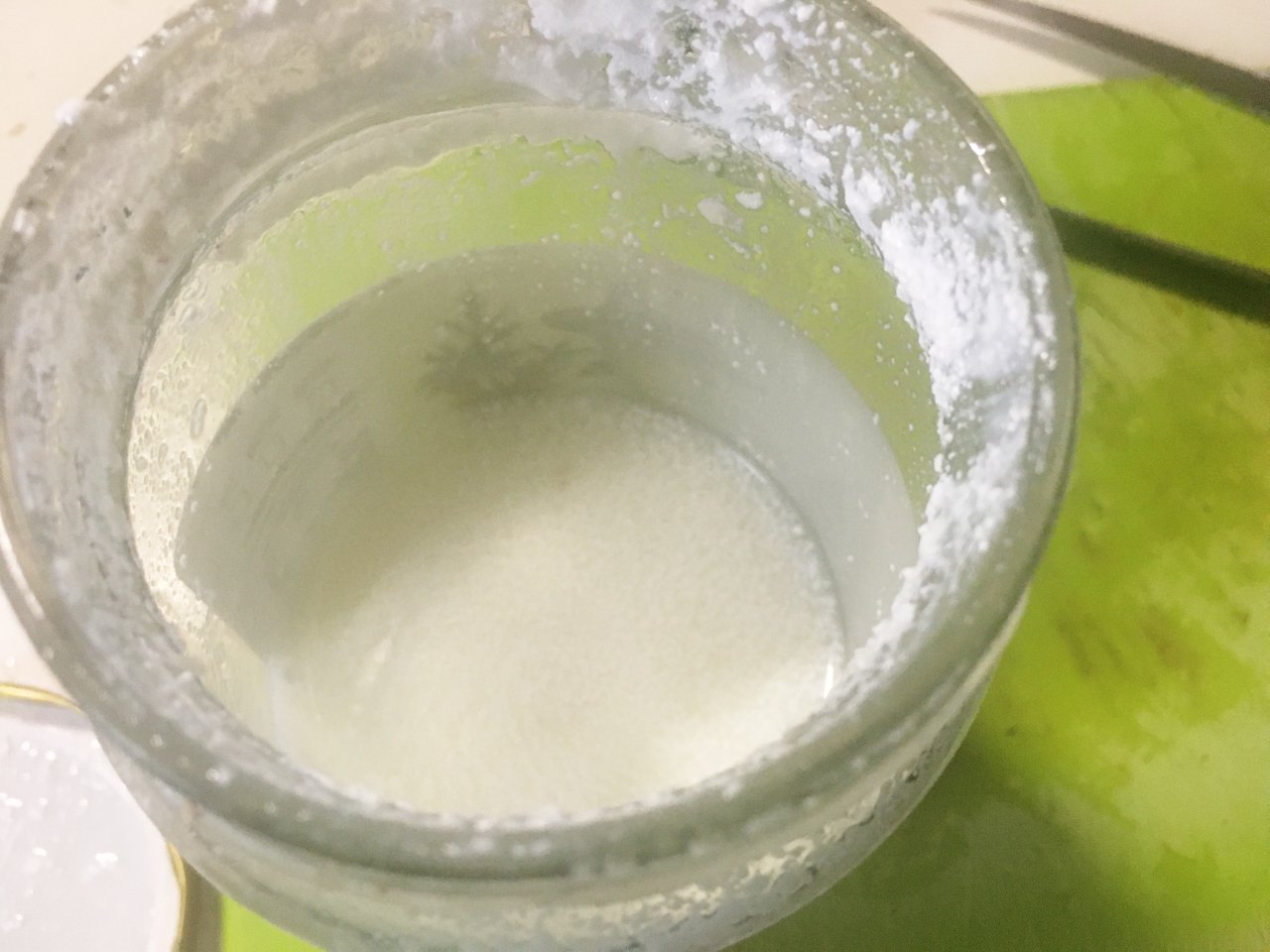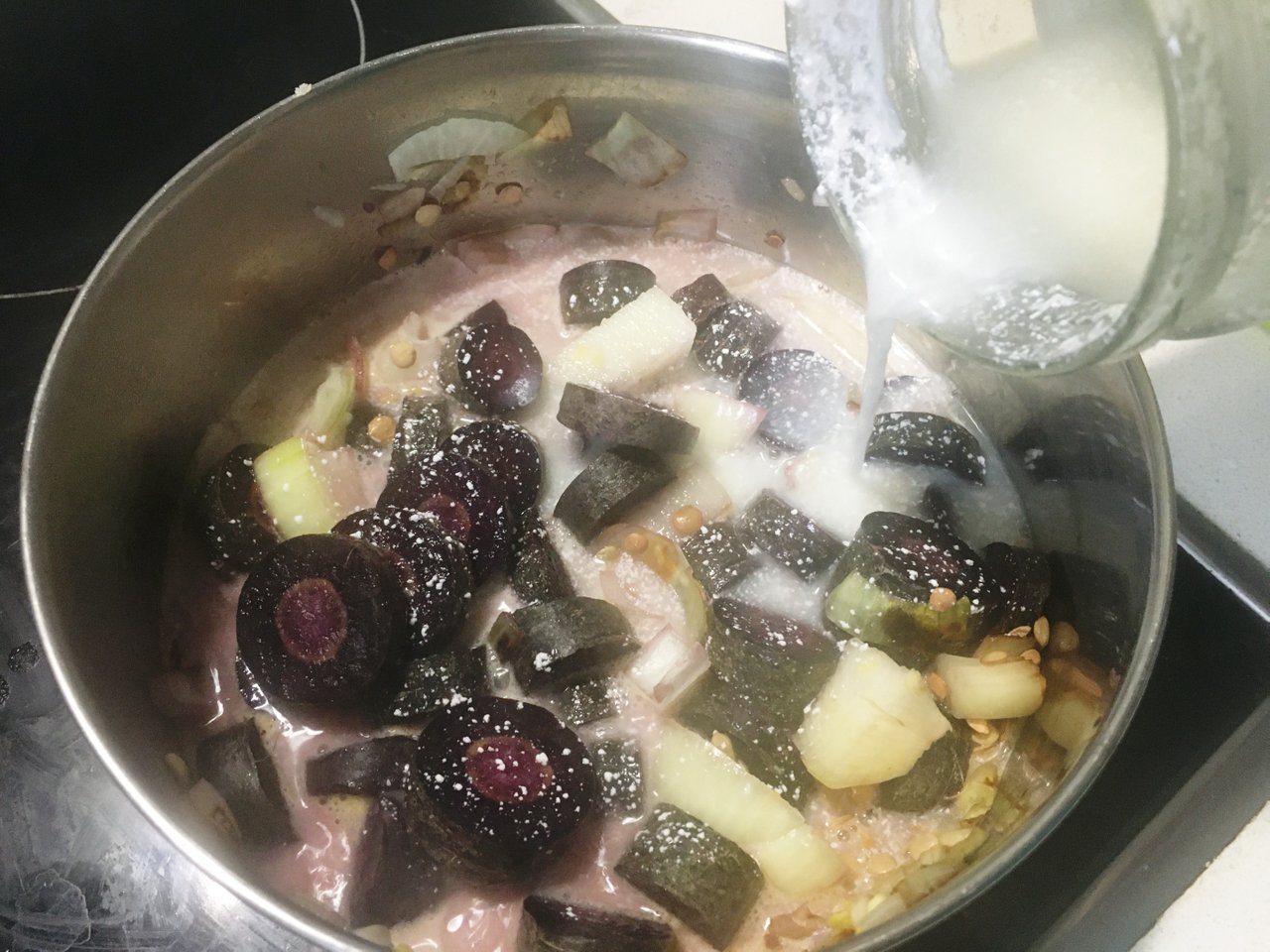Five Ways with Whey - towards zero waste
5 comments
The byproduct of making cheese is the whey, once the fat is separated from the liquid you are left with whey. But if you watch the same cheese shows we do, most of the factory production tends to show it being poured onto the floor and into drains. It seems awfully wasteful when we know cattle have such a high environmental impact, so at home we save the whey and use it in various ways.

The characteristics of the whey depend on the type of cheese you have made, a simple ricotta made with whole milk and vinegar doesn’t have as much body as a cheese made with a culture like feta. The whey also depends on the success of your cheese making, if the curds haven’t formed fully they can drain into the whey for a creamier, fuller whey. I tend to find the curds need more encouragement to come together when using goat’s milk in particular.
So I thought it would be useful to share some of the ways we use up the whey. In general, if you use water or stock you can generally use whey in its place to add extra creamy richness, and it works both in savory and sweet dishes.
First in risotto, in fact in place of stock in all sorts of places like soups, creamy sauces and stews. I even tried boiling pasta with whey but the flavour didn’t really come across because of draining the whey after boiling. When you want a creamy but lazy risotto, oven-baked with whey is a great option. Rice pudding too!

The second major thing is making bread and flat breads, instead of using water we’ll use whey. This doesn’t actually use up that much whey but adds an extra interest in the flavour profile.
Thirdly added to smoothies, the taste can be a bit like yoghurt, tart and creamy so it’s a good yoghurt substitute but you need to be careful with the liquidity of your smoothie, it’s not smoothie bowl territory.
Four is with breakfast, use to soak your overnight oats or even just in replacement of some milk on your cereal, depending on your taste you might need to adjust with sweetness.
Fifth is to make more cheese! Well sometimes. Whey ricotta is made from whey that isn’t acidic. So any cheese that hasn’t been coagulated using an acid can then make whey ricotta, but be warned it doesn’t yield very much because most of the fat has already been removed in the first cheese making.
There are a couple of commercial products that use whey, there’s whey protein, the nutritional supplement and brown cheese.

Brunost or brown cheese is made by removing the curds, the milk solids in a basic, no fuss cheese process (depending on the factory) and then they evaporate the remaining soluble liquids and add cream or goat’s milk to make a sweet, savory, umami, caramelised cheese. It seems like a similar process to making maple syrup where long periods of high heat are used to reduce the liquid significantly. It’s a speciality of Scandinavian countries particularly Norway BUT it is available in Australia! The brand is called Tine and it’s an unusual taste, traditionally it’s served with black coffee and dark rye toast. It’s not really sweet like caramel even though it has the colour of caramel but like a slightly sweet, slightly salty cheese. It goes well on crumpets melted especially with honey. Or just melted onto toast. It goes well on desserts too, being slightly sweet, but you don’t need too much. I mixed it into a raspberry galette with creme fraiche which was delicious.
I’ve love to collect more ways with whey if you have ideas. We hope to make more cheese going forward so there’ll be more whey for experiments.
Comments